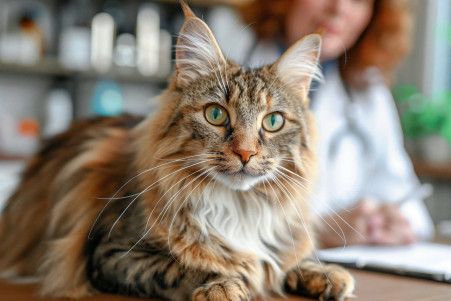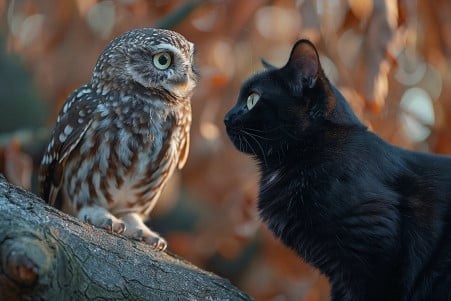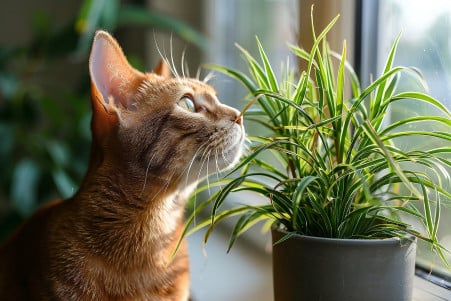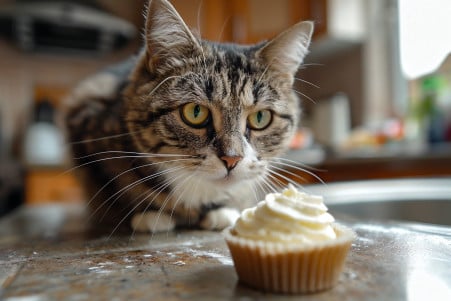Tagged With Cats

Can Cats See Fire? Unveiling Feline Vision and Flame Perception
22 February 2024
Cats have the ability to see flames, with modifications for night and motion, although they have a reduced ability to see color.

Is It Ever Too Late to Spay a Cat? Veterinary Guidelines Explored
21 February 2024
Important things to consider when deciding if you should have your female cat spayed, such as health risks, risks associated with age, and physical and behavioral changes after the procedure.

Can Cats Have Headaches? Signs of Pain in Cats
21 February 2024
Exploring the possibility of headaches in cats, this article sheds light on the complex nature of feline pain perception and behaviors indicative of discomfort.

Are Maine Coon Cats Hypoallergenic? What You Need to Know
21 February 2024
Learn about why Maine Coons shed, including when it's seasonal, when it's related to diet, when it's genetic, when it's due to living indoors, and when it's related to grooming.

Can Cats Eat Sardines? Nutritional Benefits and Feeding Tips
21 February 2024
This article explores the pros and cons of feeding your cat sardines, and it offers tips on how to do so in a way that is safe and healthy.

Do Owls Eat Cats? The Truth About Predation
21 February 2024
Owl attacks on cats are not common and depend on the size of the owl, the availability of urban prey, and the cat's own anti-predator behaviors.

Do Cats Get Ticklish? Understanding How Cats Respond to Touch
20 February 2024
This article discusses why cats are ticklish, the science behind ticklishness, the evolutionary purpose of ticklishness, and how ticklishness impacts cat behavior and social interactions.

Can Cats Eat Spider Plants? Toxicity and Other Safe Houseplants
20 February 2024
Spider plants are safe for cats but can cause minor stomach upset; suggestions for keeping your cat and spider plant safe and other pet-friendly plants listed.

Why Does My Cat Pee on My Clothes? Exploring Feline Behavior
20 February 2024
Causes of cats peeing on clothes: medical problems, stress, litter box problems, territorial behavior, and miscommunication.

Can Cats Eat Cream Cheese? Understanding Feline Lactose Tolerance
20 February 2024
Potential health hazards and dietary deficiencies associated with giving cats cream cheese, such as lactose intolerance and missing vital nutrients.

Why Do Cats Have Tails? Unraveling the Feline Tail Mystery
19 February 2024
This article discusses the way a cat's tail works and why it's important for things like balance, communication, and showing emotion. It covers everything from the cat's tail's physical structure to how it has evolved over time.

How Fast Can a Cat Run? Unveiling Feline Speed Capabilities
19 February 2024
House cats can run as fast as 30 miles per hour, and their speed is impacted by a number of things, including anatomy, diet, genetics, and the environment.